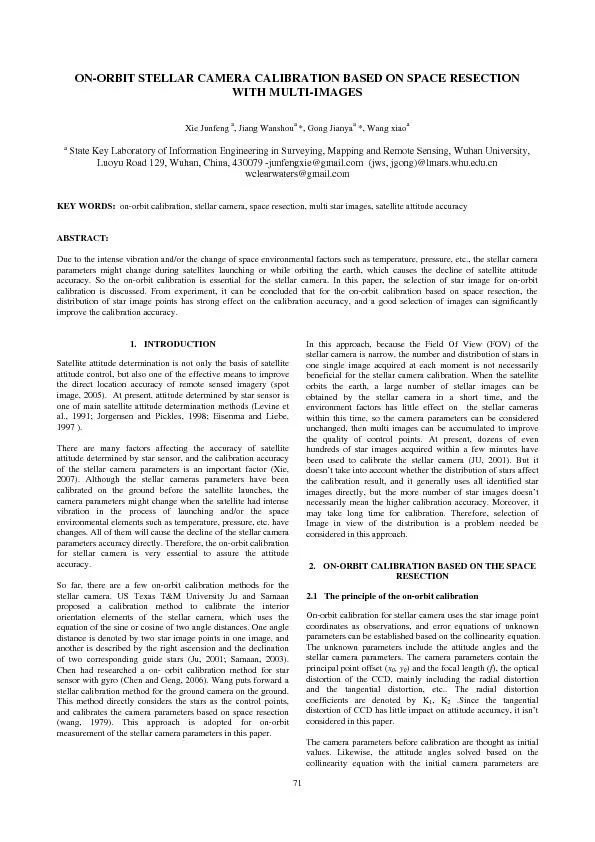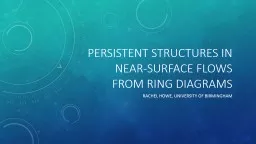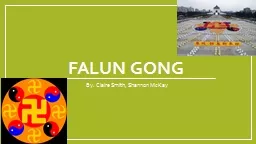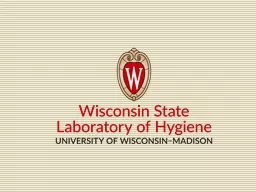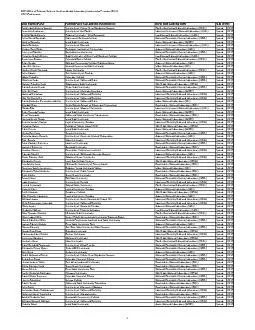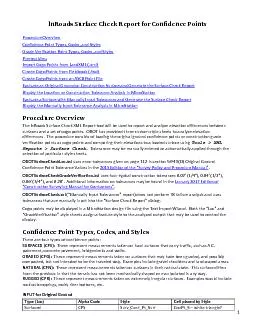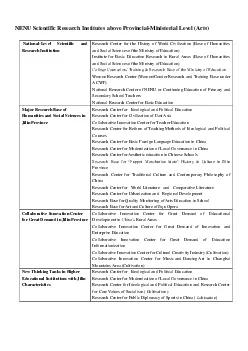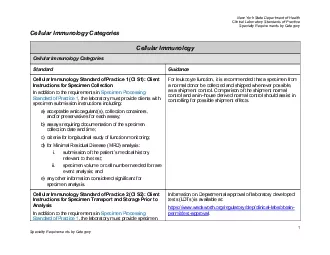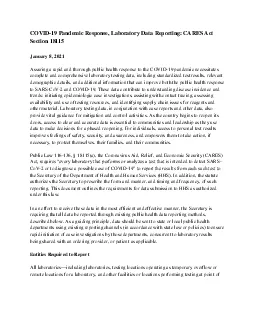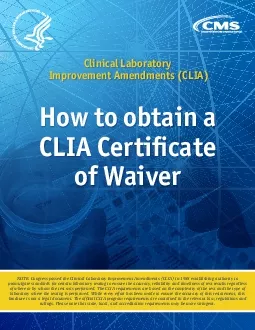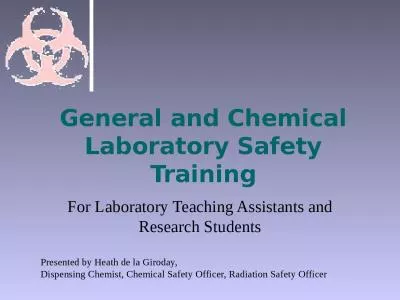PDF-*, Gong Jianya State Key Laboratory of Information Engineering in Surv
Author : debby-jeon | Published Date : 2016-05-18
71 ammetry Remote Sensing and Spatial Information Sciences Vol XXXVII Part B1 Beijing 2008 thought as initial attitude angles The more precise camera parameters
Presentation Embed Code
Download Presentation
Download Presentation The PPT/PDF document "*, Gong Jianya State Key Laboratory of I..." is the property of its rightful owner. Permission is granted to download and print the materials on this website for personal, non-commercial use only, and to display it on your personal computer provided you do not modify the materials and that you retain all copyright notices contained in the materials. By downloading content from our website, you accept the terms of this agreement.
*, Gong Jianya State Key Laboratory of Information Engineering in Surv: Transcript
Download Rules Of Document
"*, Gong Jianya State Key Laboratory of Information Engineering in Surv"The content belongs to its owner. You may download and print it for personal use, without modification, and keep all copyright notices. By downloading, you agree to these terms.
Related Documents

